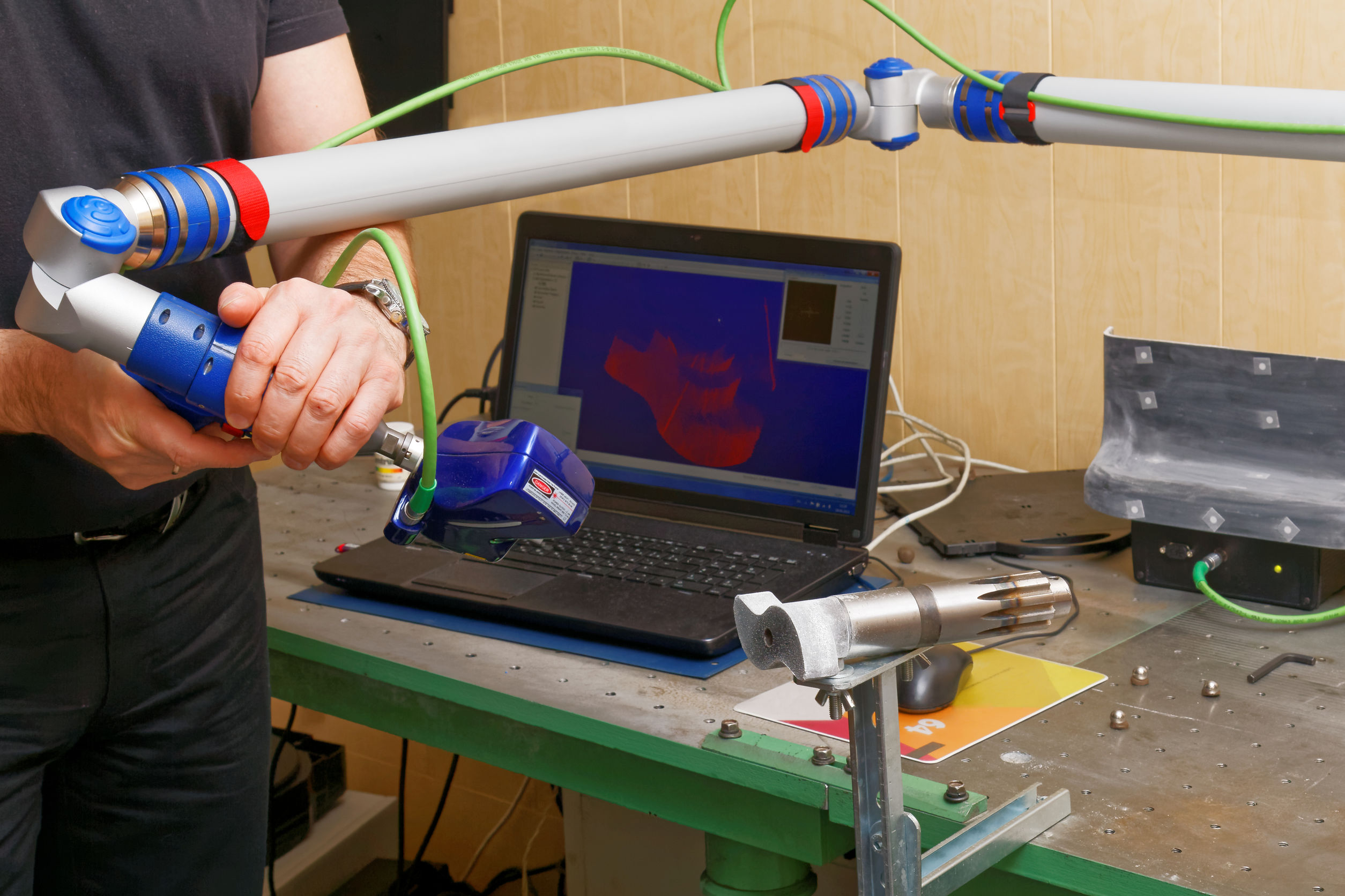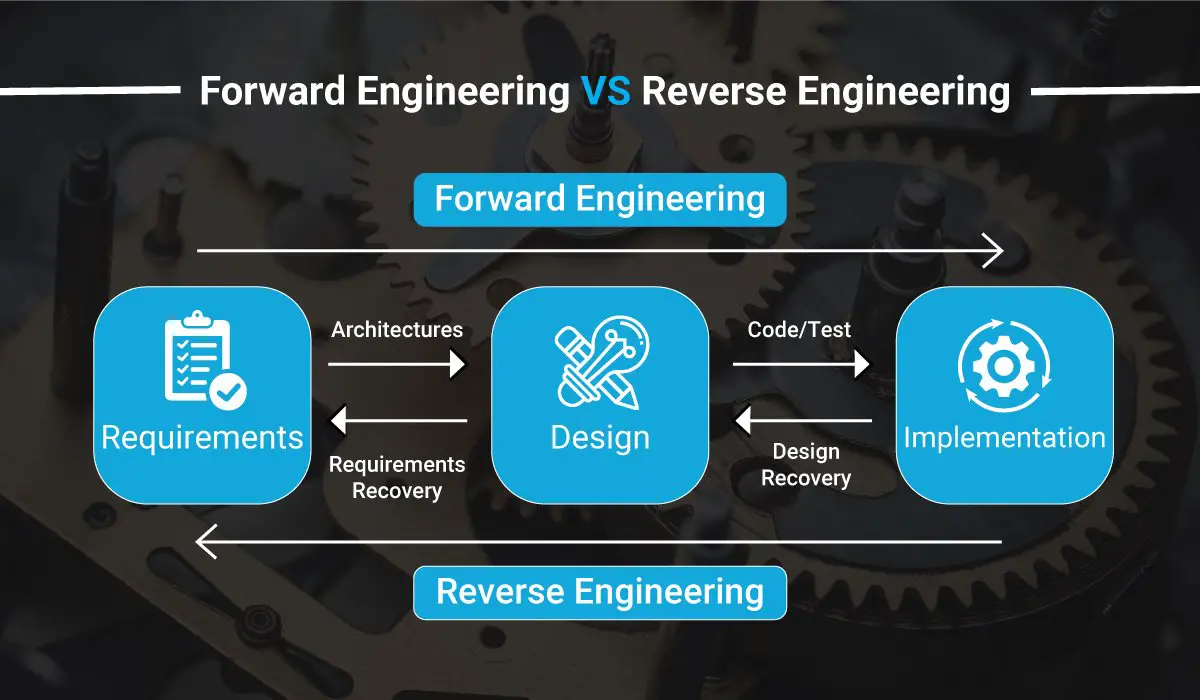Reverse Engineering for Large Systems

Reverse engineering involves the process of examining and analyzing an existing hardware or software system to understand its design and functionality. When it comes to dealing with large systems, this challenge can become significantly more formidable. However, by adhering to a structured and systematic approach, reverse engineering large systems can be successfully accomplished.

The initial step involves gathering all relevant information about the system, including documentation, source code (if available), and any available test cases. This data is crucial for understanding the system’s overall architecture and functionality.

With the information gathered, the next step is to identify the system’s high-level components and their interactions. This can be done by examining the system’s documentation, class diagrams, or even by studying the codebase if it’s available. Once the components are identified, their interfaces and data flow can be analyzed to understand how they communicate and collaborate.
After understanding the system’s components and interactions, the focus shifts to reverse engineering the individual components. This can be done using various techniques, such as static analysis, dynamic analysis, or a combination of both. Static analysis examines the code or design documents to identify potential vulnerabilities or design flaws, while dynamic analysis involves executing the system and monitoring its behavior to uncover vulnerabilities or weaknesses.
Throughout the reverse engineering process, it’s essential to document all findings and insights gained. This documentation serves as a valuable reference for future analysis, decision-making, and potential system enhancements.
Reverse engineering large systems demands a systematic and thorough approach. By understanding the system’s architecture, components, and interactions, vulnerabilities and weaknesses can be identified, enabling informed decisions regarding system maintenance, upgrades, or potential redesigns.
